 The Lizard peninsular is well known for its biodiversity importance but the importance of its genetic diversity is only just being realised. Research undertaken by Birmingham University in 2013 has shown The Lizard to be one of the UK’s ‘hotspots’ for the wild relatives of crop plants. These species are an increasingly important resource for human society; many plants potentially have a future role in the security of our food.
The Lizard peninsular is well known for its biodiversity importance but the importance of its genetic diversity is only just being realised. Research undertaken by Birmingham University in 2013 has shown The Lizard to be one of the UK’s ‘hotspots’ for the wild relatives of crop plants. These species are an increasingly important resource for human society; many plants potentially have a future role in the security of our food.
Crops have been developing over millennia by farmers using traditional breeding methods, and more recently by plant breeders incorporating specific genes into crops to produce new varieties. As a result of this prolonged human intervention modern crops have relatively low genetic diversity; they can be at greater risk to new diseases and pests as a result.
 |
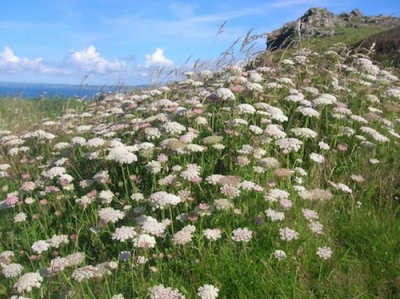 |
Within populations of crop wild relatives relatively high levels of genetic diversity exist, this affords much greater resistance to disease and pests, new genes are also naturally evolving as a response to evolutionary pressures, these genes could hold the key to creating new varieties of commercial crops with enhanced characteristics such as pest or drought resistance.
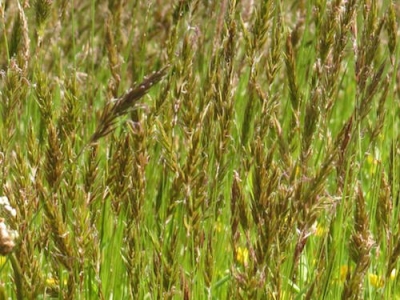 |
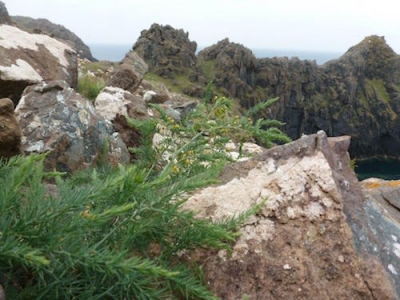 |
Across the Lizard we have 93 species which are closely related to crops, the relatives of particularly economically important crops include Babington's leek, chives, wild asparagus, sea beet, wild carrot, pale flax, western clover and white clover.
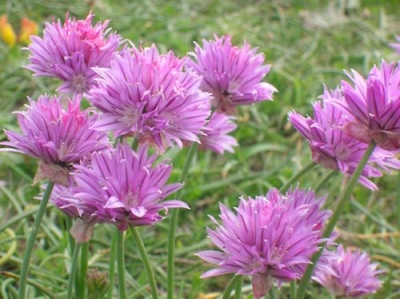
We are working today to identify ways in which we can protect this genetic diversity alongside the biodiversity interest of the area.
Published: July 2016
Author: Phil Bowler
Photographs: Steve Townsend
